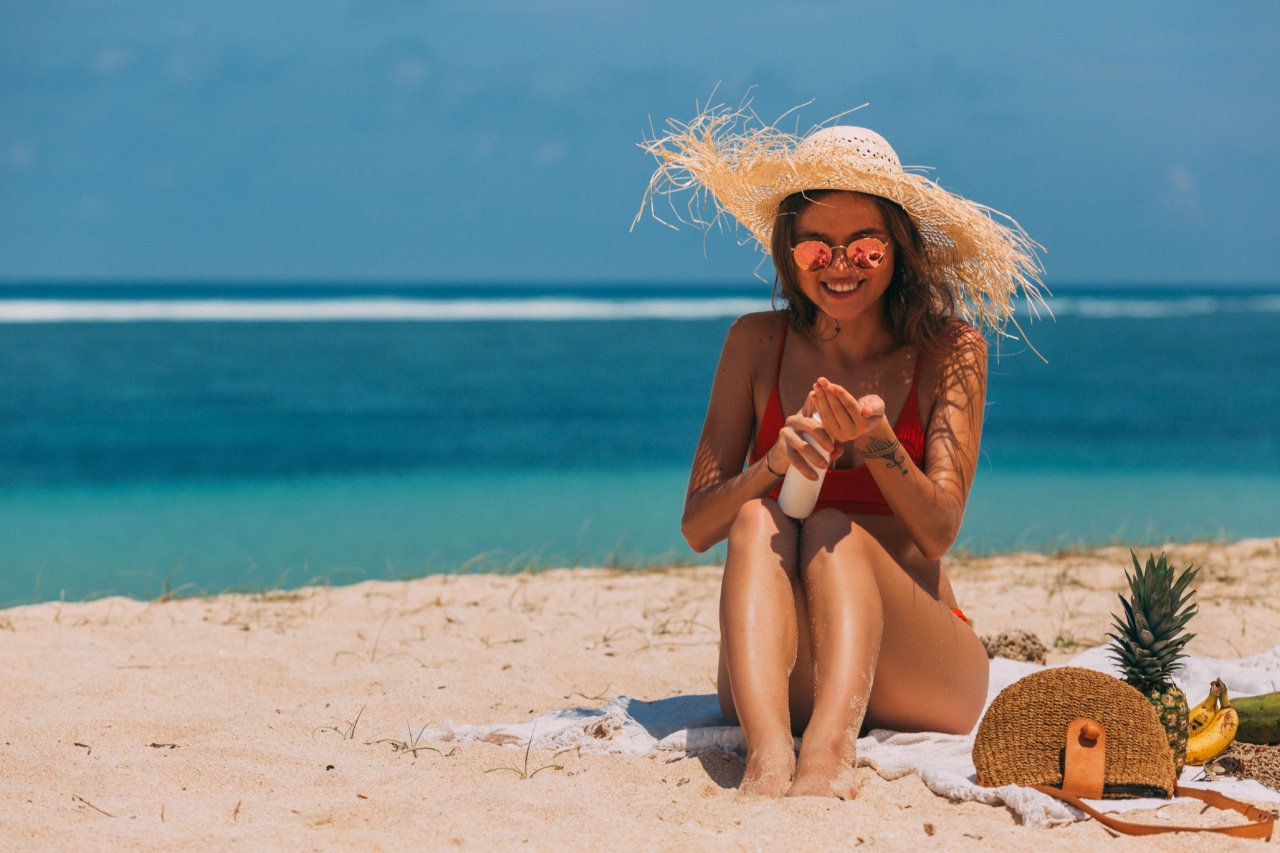The sun provides us with warmth, light, and the essential vitamin D that our bodies require. But too much exposure to the sun can damage our skin and lead to health issues such as premature aging, sunburn, and skin cancer.
As such, protecting our skin from the sun’s harmful UV rays is crucial for maintaining healthy skin. In this article, we will explore essential steps you can take to ensure your skin remains healthy while enjoying outdoor activities.
Understand the Risks
Exposure to ultraviolet (UV) radiation from the sun is the leading cause of skin cancer. UV radiation can cause skin damage, including sunburn, premature aging, and skin cancer. There are two main types of UV rays – UVA and UVB.
UVA rays are present all year round and can penetrate deep into the skin leading to premature aging and DNA damage. UVB rays, on the other hand, are the primary cause of sunburn and play a key role in the development of skin cancer.
It is important to note that we are exposed to UV radiation every time we are outdoors, even when it is cloudy.
And while darker skin tones have more natural protection against UV rays, skin cancer and other skin damage can still occur regardless of your skin color.
Protect Your Skin
The best way to protect your skin from the sun is by taking preventive measures. Here are some of the ways you can protect your skin:.
Wear Protective Clothing
One of the best forms of sun protection is to minimize the amount of skin exposed to the sun. Wearing protective clothing can help you achieve that, and you don’t have to sacrifice style for protection.
Look for clothes with a UPF (ultraviolet protection factor) label, which indicates how much UV radiation can penetrate the fabric. The higher the UPF rating, the better the protection.
In addition, you can also wear wide-brimmed hats, long-sleeved shirts, and pants to further reduce skin exposure. Clothes made from tightly woven materials are also better at blocking out UV rays than lighter fabrics.
Select the Right Sunscreen
When it comes to sunscreen, choosing the right one is essential. The American Academy of Dermatology recommends using a broad-spectrum sunscreen with an SPF (sun protection factor) of 30 or higher.
Broad-spectrum sunscreens protect against both UVA and UVB rays.
It’s also important to look for sunscreens that are water-resistant, especially if you plan on being in the water or sweating. Reapply your sunscreen every two hours and more frequently if you are swimming or perspiring.
Don’t forget to apply sunscreen to frequently overlooked areas such as your ears, nose, and the tops of your feet.
Another factor to consider when selecting sunscreen is your skin type. If you have sensitive skin, look for sunscreen with natural ingredients, and if you have oily skin, consider a lightweight, oil-free formula.
Avoid Tanning Beds
Tanning beds are a danger to your skin, and it is best to avoid them altogether. Tanning in a bed can cause skin cancer, premature aging, and other skin damage.
It is important to remember that tanning beds also emit UV radiation, which can penetrate the skin and cause damage in the same way as the sun does.
Stay in the Shade
Staying in the shade can be an excellent way of reducing your skin’s exposure to UV radiation. If you plan on spending time outdoors, seek shade under an umbrella, a tree, or a shelter.
Remember that shade does not offer complete protection from UV rays, so it’s still important to wear sunscreen and protective clothing.
Protect Your Eyes
The sun’s UV rays can damage our eyes and contribute to vision problems such as cataracts. When spending time outside, it is important to wear sunglasses with proper UV protection.
Look for sunglasses that block 100% of the sun’s UV radiation and choose wraparound styles to offer the most protection.
Watch for Signs of Skin Damage
It’s important to keep an eye on your skin and be aware of any changes that may occur. Look out for signs such as moles that change in size, texture, or color, sores that don’t heal, and new growths.
If you notice any of these changes, it’s best to speak with a dermatologist who can evaluate them and determine if they require further investigation.
Conclusion
Protecting your skin from the sun’s harmful UV rays is essential for maintaining healthy skin and reducing the risk of skin cancer.
By wearing protective clothing, selecting the right sunscreen, avoiding tanning beds, staying in the shade, protecting your eyes, and being aware of any changes in your skin, you can reduce your risk of skin damage and enjoy outdoor activities safely.




























